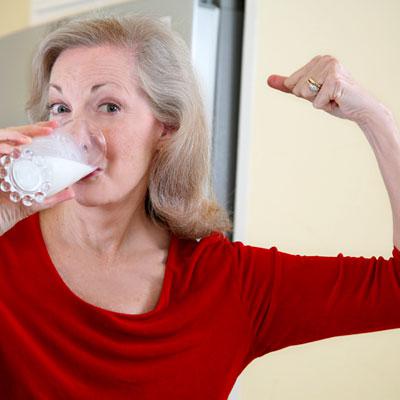
Detectors and proper appliance maintenance essential to thwart danger posed by gas It has no smell, no taste and no colour, but its effects can be deadly when it seeps undetected through a home.
Carbon monoxide is considered the most likely cause of death for three members of a Brampton, Ont., family found unconscious on the upper floor of their home Monday morning.
Reports suggest the family’s furnace failed during a cold snap and propane heaters had been brought into the home for warmth. The latest deaths come less than three months after carbon monoxide poisoning was blamed for a number of deaths and near deaths during the pre-Christmas ice storm in Ontario.
“With carbon monoxide, it’s often called the silent killer,” says Doug DeRabbie, the Insurance Bureau of Canada’s director of government relations for Ontario.
“It’s an invisible, odourless, colourless gas and so that’s why it’s so important to have a detector.” Here’s a look at carbon monoxide and some of the practical measures that should be followed to ensure safety in the home.
How it’s produced
Carbon monoxide is produced when fuels such as natural gas, gasoline, oil, propane, wood or coal are burned. The danger is magnified when that combustion is not properly ventilated, or when the CO can’t dissipate because of a blocked or dirty chimney.
CO could also build up to dangerous levels when fuel-burning generators, space heaters, barbecues, grills or other appliances intended for use outside or in well-ventilated spaces are brought indoors or into less-ventilated areas such as garages.
Why it’s so deadly
According to Statistics Canada, there were 380 accidental deaths caused by carbon monoxide in Canada between 2000 and 2009.
CO poses a particular danger because without a working carbon monoxide detector in the vicinity, there are no obvious signs it may be building up around you. It is invisible, and can sap the blood of its ability to absorb oxygen.
“When you breathe in carbon monoxide, it builds up quickly and combines with the blood to produce ‘carboxyhemoglobin’ (COHb), which reduces the ability of blood to carry oxygen,” Health Canada says on its website.
Without oxygen, body tissue and cells can’t function. “The brain is extremely vulnerable to oxygen deprivation,” the Canada Safety Council says.
What the symptoms are
It could be easy to confuse the symptoms of carbon monoxide exposure with the flu or other medical problems. At low levels of CO exposure, Health Canada says, you might have a headache, feel tired or short of breath, or find your motor functions impaired.
At higher levels of exposure, or at lower levels for a long time, symptoms might include chest pain, feeling tired or dizzy, and having trouble thinking.
Convulsions, coma and death are possible with high levels of exposure, Health Canada says. If the levels are very high, death can occur within minutes.
What you can do to protect yourself
Fire and public safety officials make a number of recommendations aimed at reducing the risks posed by carbon monoxide. Topping that list is having carbon monoxide detectors in the home, ideally located outside every sleeping area.
“We’re a strong advocate of that,” says Chris Harrow, vice-president of the Ontario Association of Fire Chiefs. “These devices do and can save your life. It’s a small investment to have that protection for your family in the house.”
Fuel-burning appliances such as furnaces, water heaters, fireplaces and wood stoves should also have regular maintenance, and ventilation should be checked, ensuring it isn’t blocked by snow or leaves.
“Often what can happen is the monoxide’s trying to get outside but it can’t and it just comes back inside the house,” says DeRabbie. As tempting as it might be to bring a barbecue, an outdoor heater or a generator inside when the furnace quits or the power is off, that’s also a bad idea.
“Most gas-fired appliances that are designed for outside have to stay outside just because they’re not designed and properly ventilated inside. Manufacturers’ specifications and directions will definitely tell you about how you properly use that,” says Harrow.
Safety officials also suggest not idling vehicles in the garage, especially with the door closed, and to wear proper respiratory equipment if working in confined spaces where CO could be dangerous.
What governments are doing about it
Only two governments in Canada have taken regulatory action on carbon monoxide.
In 2013, Yukon passed a law requiring every home with a fuel-burning appliance or attached garage to have a carbon monoxide detector. Yukon also introduced a website earlier this year laying out the dangers as well as tips to detect and prevent furnace and ventilation problems.
Late last year, provincial politicians in Ontario passed a similar law, known formally as the Hawkins Gignac Act and named after a family of four who died in 2008 from carbon monoxide poisoning in their Woodstock, Ont., home.
Regulations are being drafted, and are expected to be published for public comment sometime this spring. The law could come into effect next year.
Source: CBC news



















